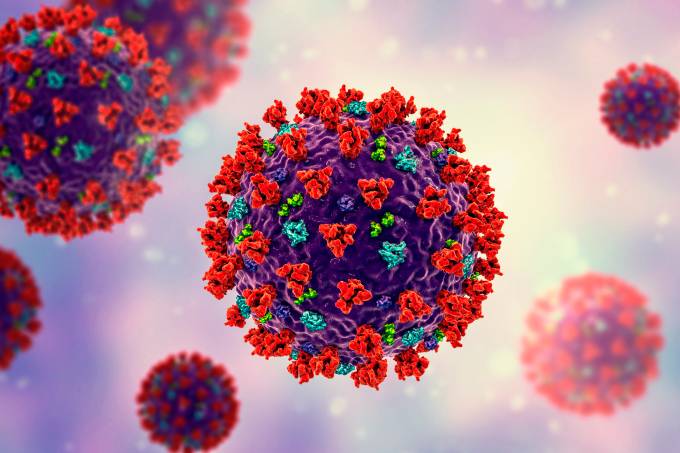Protocol Detail


HEART BLOCKS
Heart block is an abnormal heart rhythm where the heart beats too slowly (bradycardia ). In this condition, the electrical signals that tell the heart to contract are partially or totally blocked between the upper chambers (atria) and the lower chambers (ventricles).
Diagnosis
· First degree: P-R interval > 0.2 secs.
· Second degree, Mobitz Type 1 –Wenckebach: P-R interval progressively increases until a beat is dropped.
· Second degree, Mobitz Type 2: P-R interval is constant with frequent regular dropped beats, in a 1:2 or 3 ratio commonly.
· Third degree, complete: No P to QRS relationship.
· Bundle Branch Blocks:
o Left Bundle Branch Block-
-QRS >120milliseconds, broad notched or slurred R wave in lead I, aVL,V5 and V6.
-absent Q waves in lead I, V5 and V6, narrrow Q wave
-ST and T waves opposite direction to QRS
-depressed ST segment and/ or negative T wave in leads with negative QRS
o Right Bundle Branch Block
-QRS prolonged
-wide S wave in leads I and V6
-inverted T wave in V1 and V2
o Left Anterior Fascicular with Left Axis Deviation (Q1R1S3) with normal width QRS,
Left Posterior Fascicular (rare) with Right Axis Deviation (S1R3) and normal width QRS.
Management
1. First degree: Observe,
2. Second degree/ Mobitz type 2: Usually indicates more significant conduction defect. May progress to Third degree block. Usually pacing. Consider Isoprenaline 20-40 mcg bolus IV followed by infusion (6 mg made up to 100 mLs with 55 Dextrose) at 0.5-10 mcg/min.
Third degree: May be well tolerated. Usually resolves after Acute Myocardial Infarction. With slow QRS rates or wide complexes, pacing generally required. Consider use of Isoprenaline infusion.









